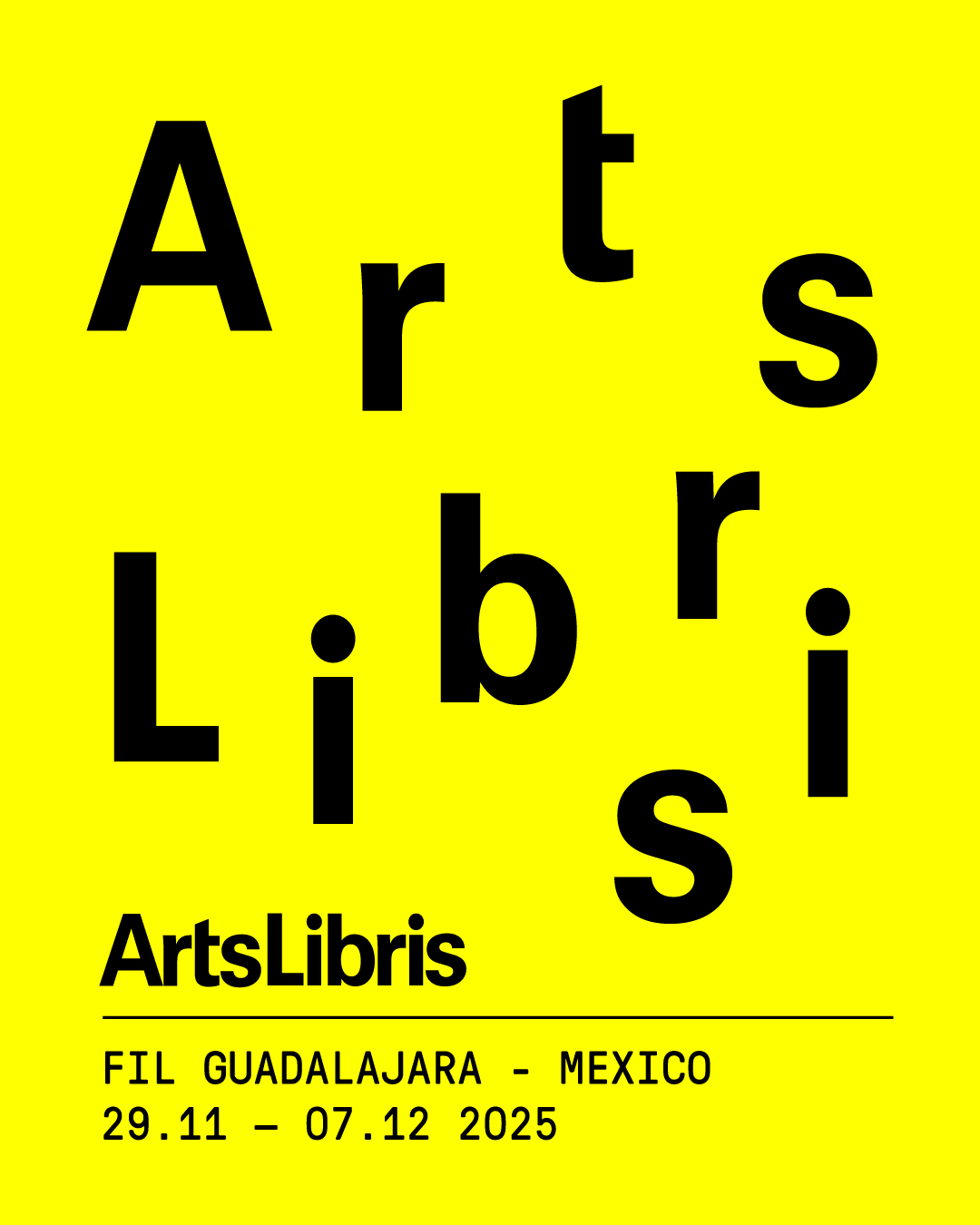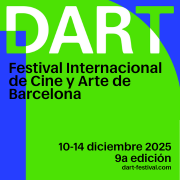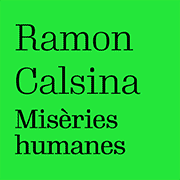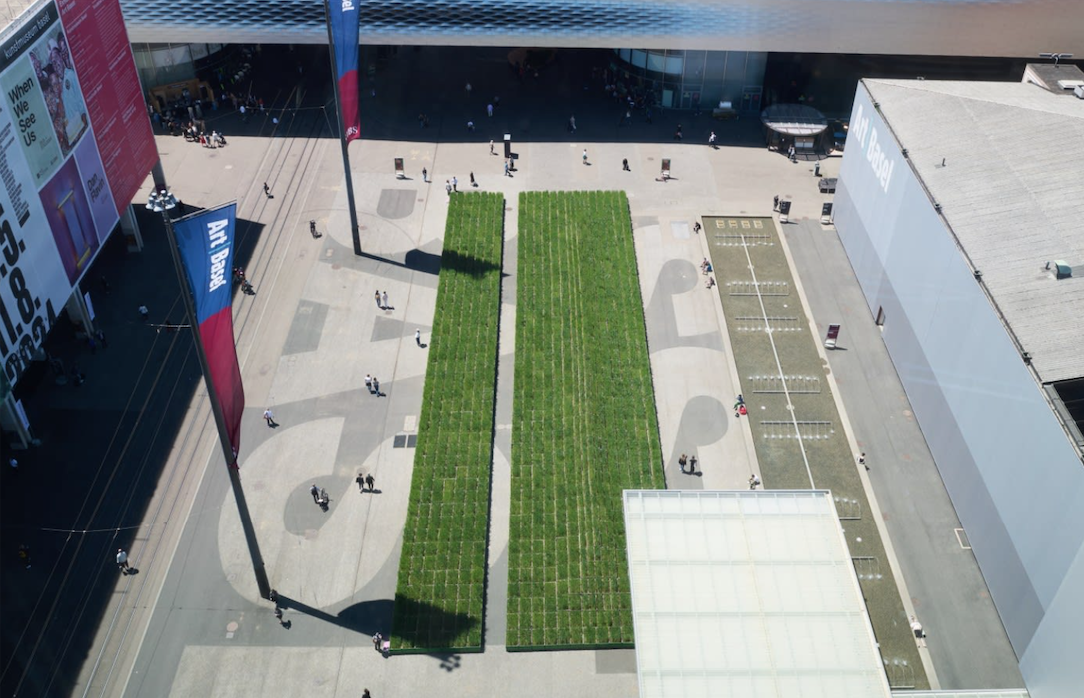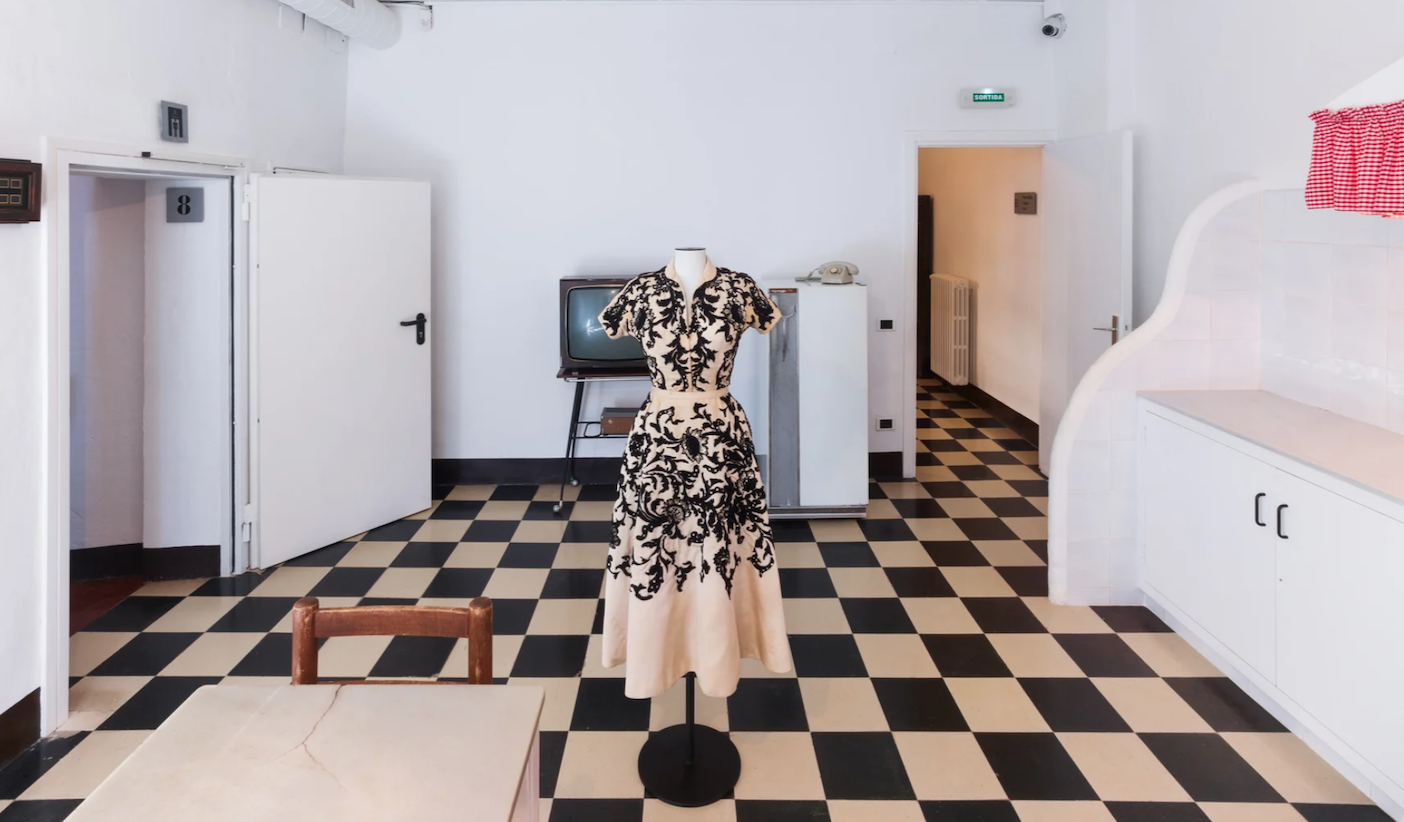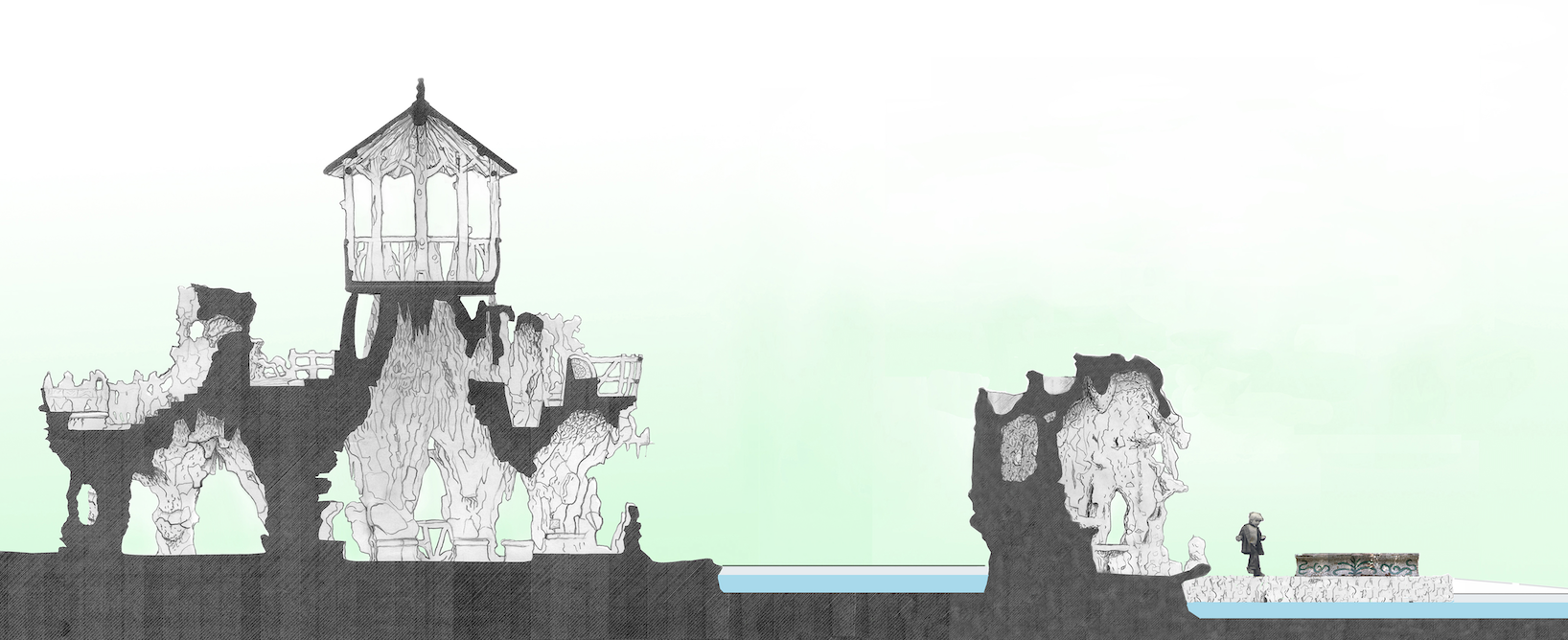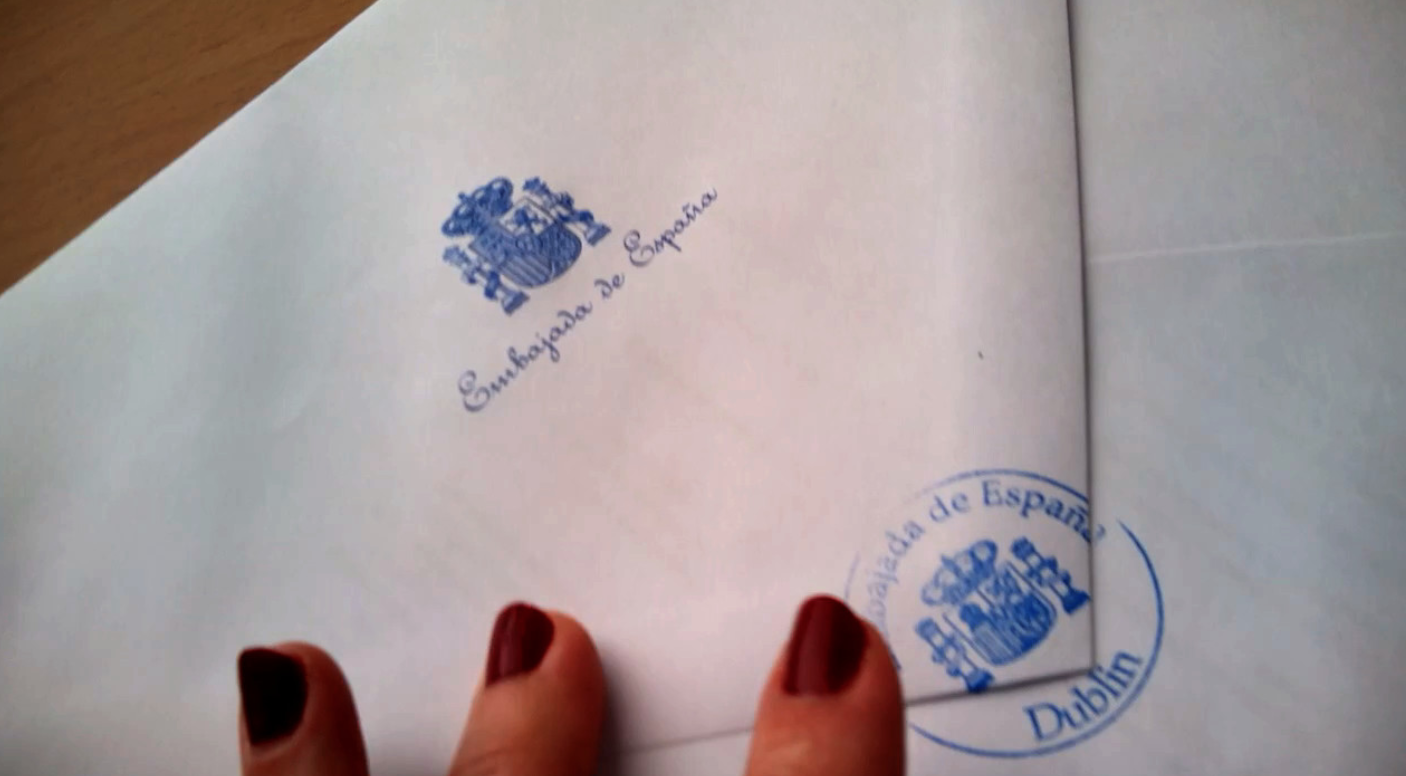Exhibitions
The MACBA presents 'An unknown city under the fog. New images of the Barcelona of the neighborhoods'
Organized as a geographical and historical tour of an emerging Barcelona, this exhibition contributes to renewing the image of the city outside the clichés of exclusion and the diffuse urban condition typical of a periphery that no longer exists
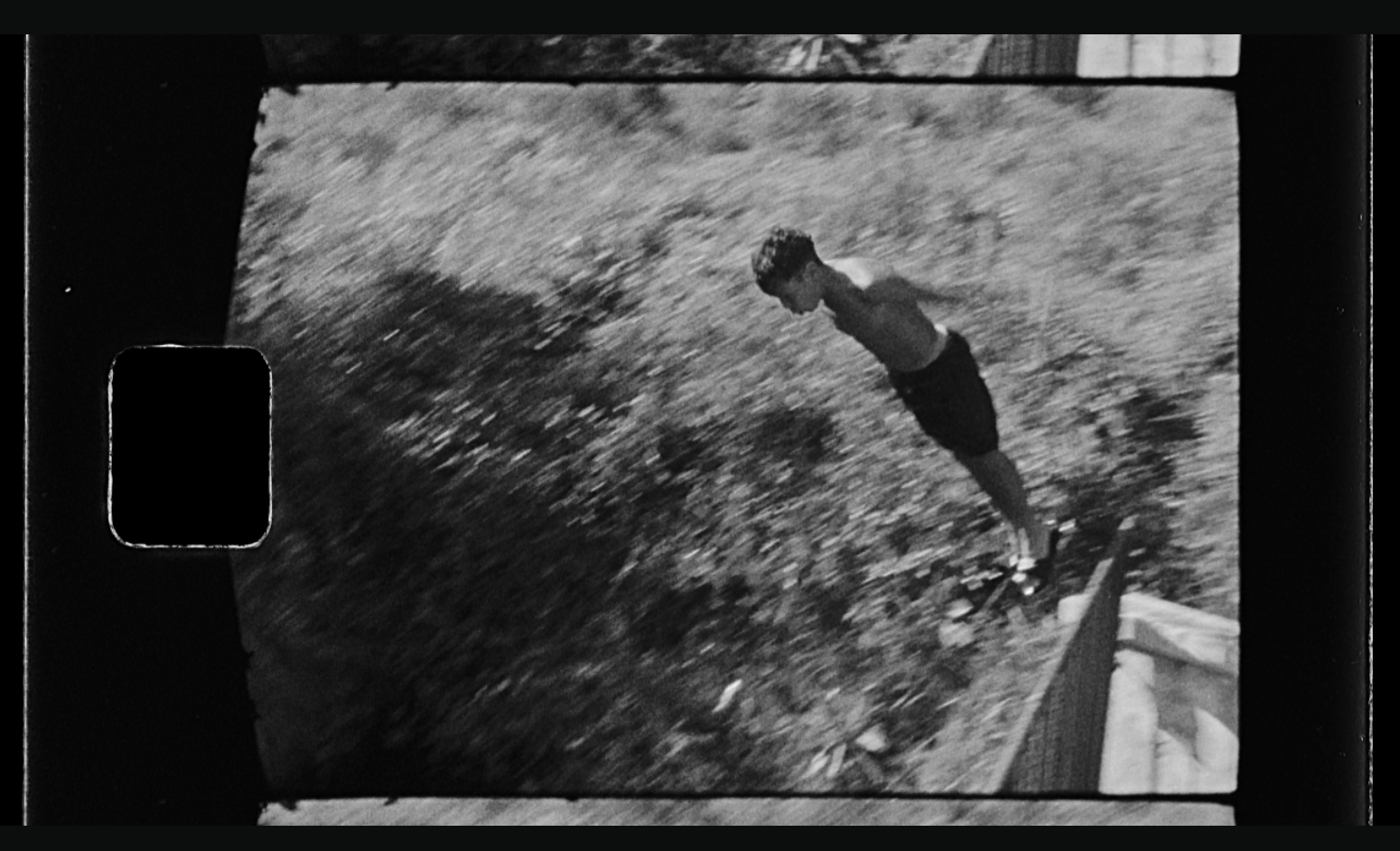
The MACBA presents, from June 21, 2024 to January 12, 2025, An unknown city under the fog. New images of the Barcelona of the neighborhoods, a peculiar tour of Barcelona today through thirteen new photographic and audiovisual works.
This photographic project on Barcelona today, seen from the perspective of the neighborhoods that emerged from the post-war migration wave, is part of a local tradition of photographic surveys of urban processes that goes back to the pre-Olympic era. This tradition connects with the "reinvention of the documentary" that began in the 1970s and 1980s, which understands photography as a counter-discourse against institutional advertising and media strategies to generate consensus.
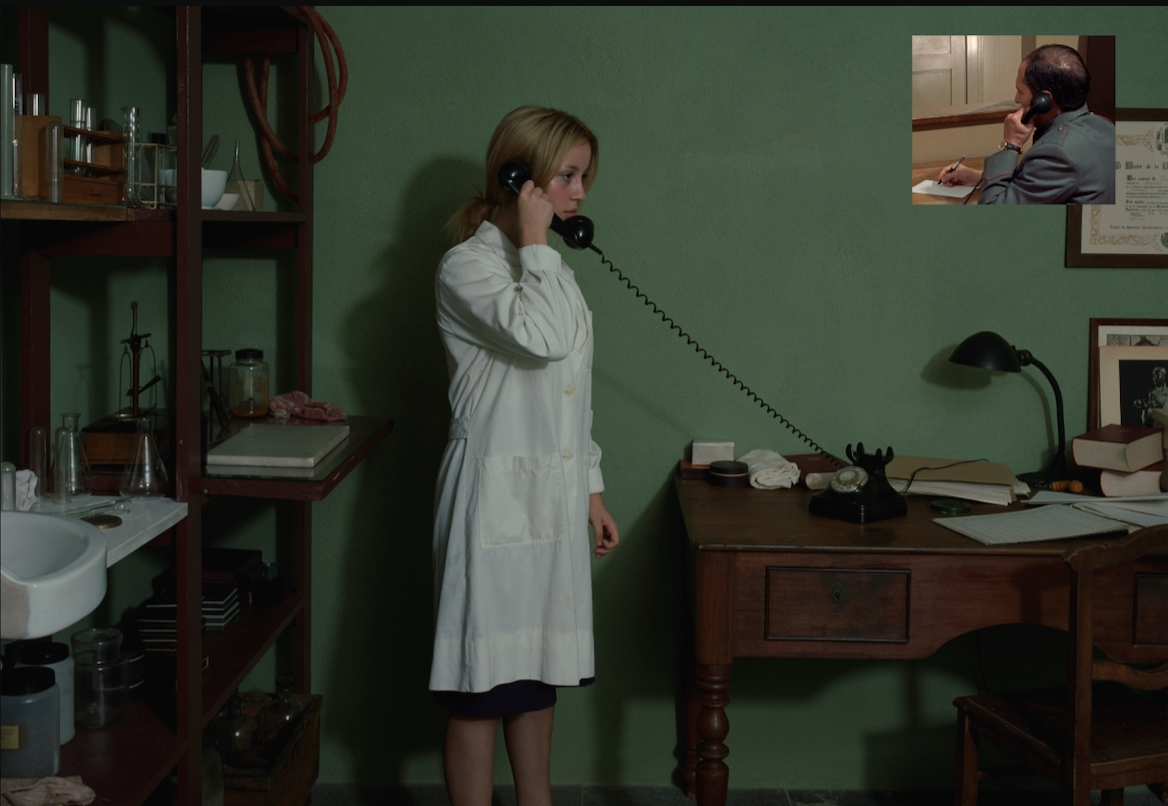 Jeff Wall. An occurrence not described in chapter 6, part 3 of Últimas tardes con Teresa by Juan Marsé [Informant. Un moment no descrit al capítol 6 de la tercera part d’Últimas tardes con Teresa, de Juan Marsé], 2023
Jeff Wall. An occurrence not described in chapter 6, part 3 of Últimas tardes con Teresa by Juan Marsé [Informant. Un moment no descrit al capítol 6 de la tercera part d’Últimas tardes con Teresa, de Juan Marsé], 2023
Documentary photography, since its birth in the 1920s with the promise of reflecting social complexity, offers a principle of reality that opposes idealized representations. The periphery has historically been the city's most innovative territory, where emerging trends are manifested. That is why a project on the current periphery is, to a certain extent, a prospective on the evolution of Barcelona during the coming years and is offered as a significant document of the city in the current decade. Organized as a geographical and historical tour of this emerging Barcelona, it contributes to an image of the city outside the clichés of exclusion and the diffuse urban condition typical of a periphery that no longer exists.
The project includes a total of thirteen tasks, some of a transversal nature that cross several neighborhoods, and others of a very specific nature that are presented as case studies. Different approaches are also combined in the assignments, some more topographical, others more social. Curated by Jorge Ribalta, the show includes new creations by Laia Abril, Bleda y Rosa, Gregori Civera, Gilbert Fastenaekens/Brigitte Van Minnenbruggen, Raquel Friera/Creadoness Textil, José Luis Guerin, Manolo Laguillo, Pilar Monsell, Mabel Palacín, Pedro G. Romero, Carmen Secanella, Jeff Wall, Jorge Yeregui.
- Gilbert Fastenaekens / Brigitte Van Minnenbruggen . Besòs, territoire élargi [Kiss, expanded territory], 2023
Throughout the 20th century, the Besòs River has been the backbone of Barcelona par excellence, delimiting the poor outskirts of the city. This project constitutes a topographical route through the geographical and administrative border of Besòs , from the sea to the mountains, through several neighborhoods. Echoing the work he did in 1989-1990 for the photographic survey of the magazine Quaderns del Col·legi d'Arquitectes de Catalunya, Fastenaekens returns to the same places thirty years later, accompanied by Brigitte Van Minnenbruggen. Despite the persistence of some of the conditions that make urban life difficult, the route explains the transformation of an industrial, logistical and marginal territory into an area of new centrality where multiple uses and functions coexist.
- Manolo Laguillo . Mountain line, 2023-2024
Following the trail of the project he carried out for the survey of Quaderns magazine in 1990, during the construction of the Ronda de Dalt, Laguillo also returns to the same places thirty years later. The Serra de Collserola is another geographical border of the city, which in this case runs through neighborhoods and poor and rich areas. Laguillo's photographic sequence goes from north-east to north-west, from Roquetes to La Teixonera and Vall d'Hebron. The elevation that forms the border between the poor upper area and the rich upper area are "the three hills" (the Turó de la Rovira, the Carmel and the Creueta del Coll). The strongly mountainous topography is the source of some of the problems and deficiencies of the north-west districts in particular.
- Pilar Monsell . The periphery of the imagination, 2023-2024
This transversal project, although limited to the north-west area, is a tribute to the Nou Barris neighborhood movement, which played a central role during the Transition. The social democratic urban planning of the "reconstruction of Barcelona" of the eighties cannot be understood without the legacy of the neighborhood movement of the seventies. This project is also a reflection on the evolution of social movements since that decade and on the new movements that have emerged on a local scale in the last twenty years. Today is a turning point. A question is raised about what will be the role of the neighborhood movement in the future of the city, about how historical agents and emerging agents, continuities and discontinuities are represented. Film work based on archival materials.
- Jorge Yeregui . Trace the water Notes on the Rec Comtal and the water footprint in Barcelona, 2023
This work was carried out across several neighborhoods, especially Vallbona and Trinitat Vella . It is a route along the historical route of the Rec Comtal, to a large extent, a route through a place that no longer exists; but also for garden areas, the Casa de l'Aigua and the Aigües de Montcada gardens. The project combines historical observation with reflection on the sustainability of the current urban model. Peripheries have often been the location of essential urban infrastructure. By extension, the project addresses the problems of water in the city at a time marked by drought.
- Jose Luis Guerin. First impressions, 2023
The farming area known as Ponderosa , in Vallbona, represents the unusual survival of an area of agricultural production within the municipal territory and, in this sense, is part of the current debates on the reconciliation between the countryside and the city and environmental sustainability. Guerin's film is nourished by the memories of the people of the neighborhood, migrants from the south of post-war Spain or new migrants from the global south, who talk about everyday life and leisure in the area of crops, of forts pastoral resonances. Without losing the air of small Arcadia, it proposes a reflection on the model of economic growth and food autonomy.
- Laia Abril . Damage reduction, 2023-2024
Observing a point considered black (the CAS Baluard, the Raval venipuncture room), this work aims to change the perception of this type of institution and combat its stigma. Although the problem of drug addiction is not exclusive to the Raval , here it is mixed with the iconography and historical legend of the city's underbelly. Laia Abril's project tries to intervene in stereotypes from within, and for this reason it focuses not only on the centers themselves, but on the entire environment that surrounds them. Addresses the social registration of the institution and the rejection of the neighbors; raises gender issues in this context; and reflects on the evolution of public health care services in the post-pandemic era.
 Jeff Wall. An occurrence not described in chapter 6, part 3 of Últimas tardes con Teresa by Juan Marsé [Informant. Un moment no descrit al capítol 6 de la tercera part d’Últimas tardes con Teresa, de Juan Marsé], 2023
Jeff Wall. An occurrence not described in chapter 6, part 3 of Últimas tardes con Teresa by Juan Marsé [Informant. Un moment no descrit al capítol 6 de la tercera part d’Últimas tardes con Teresa, de Juan Marsé], 2023
- Jeff Wall . An occurrence not described in chapter 6, part 3 of Últimas tardes con Teresa by Juan Marsé [Informant. A moment not described in chapter 6 of the third part of Últimas tardes con Teresa, by Juan Marsé], 2023
Últimas tardes con Teresa (1966) by Juan Marsé is the popular novel par excellence of contemporary Barcelona; its strength and permanence is equivalent to that of the photographic icons of Francesc Català Roca, Xavier Miserachs or Joan Colom. Marsé's description of the proletarian underworld of Carmel and the shacks of Turó de la Rovira can be considered a source for future elaborations of an image of the city built from the periphery. These hills are the center of a geography that is both real and imaginary. Jeff Wall is inspired by an episode of Marsé's novel to create a staged image, a procedure that he himself describes as "quasi-documentary" or "cinematic photography".
This work, donated by the artist to the city, will be permanently installed in the Juan Marsé-El Carmel Library.
- Bleda and Rosa . Hill [Hill], 2023
Turó de la Rovira is an extraordinarily rich place that accumulates several historical layers, from vestiges of Iberian settlements to the pavements of post-war barracks, passing through its role in anti-aircraft defense during the Civil War or youthful recreational uses more recent It is a true microcosm that summarizes, like few other places, the history of Barcelona. Following a methodology that aims to objectify and make visible the historical density of certain places, Bleda and Rosa carry out an archaeological observation that makes these different strata emerge.
- Gregory Civera . Cheap Houses, 2023-2024
Gregori Civera makes an observation of current life in the two Casas Barates developments that have been preserved. These sets of small single-storey buildings are an example of the first social housing policies in Barcelona at the beginning of the 20th century. Focusing on the opposite cases of Can Peguera and Bon Pastor , the project explains both their persistence and their disappearance, the rehousing of the residents and the recent creation of the Housing Museum, historical testimony of an urban complex in process of disappearance. Civera has also included images of the current sites corresponding to the two missing promotions, those of Baró de Viver and Eduard Aunós.
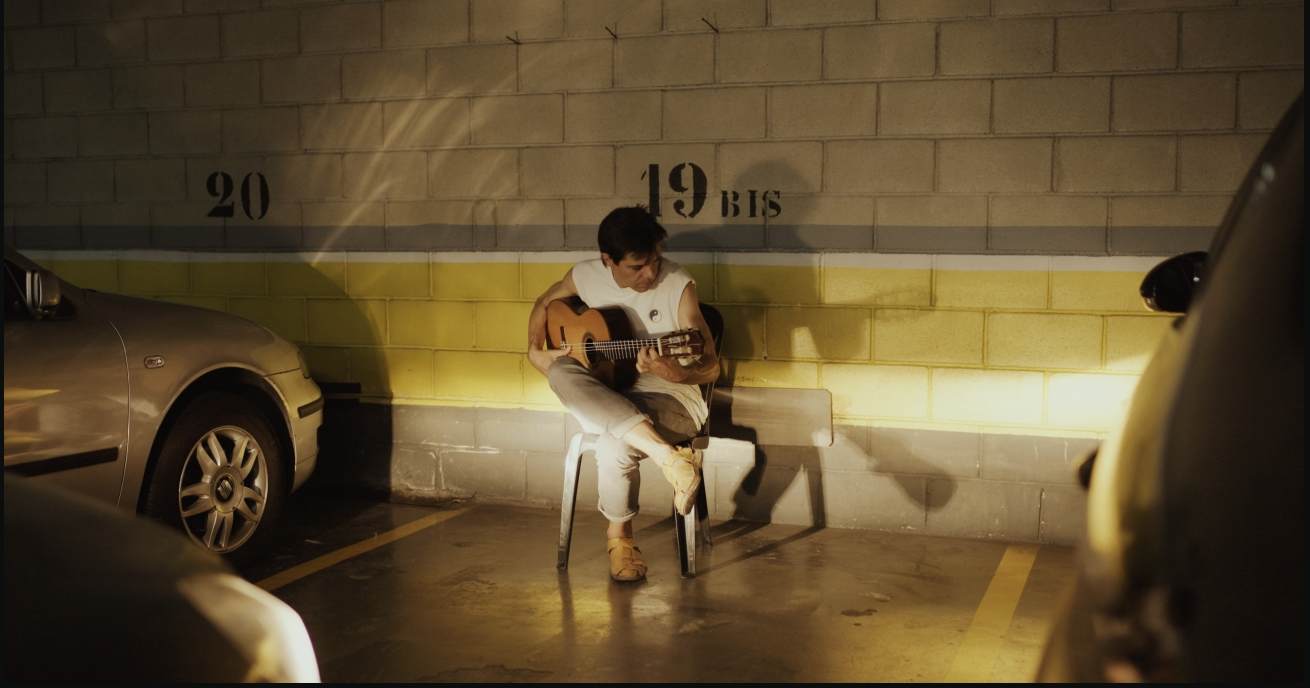 Pedro G. Romero. Lo que va por debajo, 2023-2024
Pedro G. Romero. Lo que va por debajo, 2023-2024
- Pedro G. Romero . Lo que va por debajo, 2023-2024
Pedro G. Romero addresses the new flamenco scene in Barcelona focusing mainly on the Desvarío festival, which is held in Nou Barris . Barcelona has played a leading role in the history of flamenco in Spain. This project starts from this historical realization to establish a new cartography: it combines recordings of current artists with tours of significant places in the Flemish culture of Nou Barris, such as the old psychiatric hospital of Santa Creu, current headquarters of the district and of the festival, or some clubs and schools. It also examines the relationship between flamenco and Barcelona's social and neighborhood movements.
- Mabel Palacin. Storyline, 2023-2024
In the foothills of Montjuïc , Palacín has carried out transversal work on the condition, role and uses of parks on the outskirts. The artist wonders to what extent the park is an element that provides urban quality or is an index of one's peripheral condition as an ambiguous zone between the countryside and the city. In Montjuïc there were also shanty towns, but the proximity to the historic center and the port has generated another type of peripheral condition, devoid of rural connotations. This collective portrait of the people who populate the mountain and the social condition of its inhabitants and users points to it as an intermediate zone between integration and exclusion.
- Raquel Friera/Creadoness Textil . But Na But [That was and wasn't] , 2023-2024
Martha Rosler . House Beautiful: Bringing the War Home, New Series New series], 2004–2008 [selection]
Community work with the Creadoness del Raval collective – a program that offers training in sewing techniques to migrant women in vulnerable conditions – and the artist Raquel Friera. In this case, the project is conceived as an embroidery workshop with a heterogeneous group of refugee women from Afghanistan, who denounce the traumatic experiences they have had and claim the right to female education. The embroideries, made on the characteristic white scarves of the Afghan students, dialogue with Martha Rosler's photomontages. Rosler's reflection on domestic work and the ideologies implicit in gender is at the origin of this workshop.
- Carmen Secanella . new landscapes Walks around the Marina, 2021-2024
The neighborhoods of La Marina , traditionally called the Free Zone, are experiencing a profound transformation, characterized by the relatively anarchic coexistence of uses and activities. The current mutation of this territory is the most dynamic and radical of all those taking place today in Barcelona, in a certain way an echo of the transformations of the Besòs neighborhoods during the Forum 2004. On the contrary, this is a ignored and underrepresented process. Secanella's work highlights the difficulty of constructing a point of view on the ongoing transformation, the extreme fragmentation of the new social subjects.
This exhibition has been produced in collaboration with the MACBA Museu d'Art Contemporani de Barcelona, Foment de Ciutat SA and the Institut de Cultura de Barcelona within the framework of the Neighborhood Plan 2021-2024 of Barcelona City Council.


